If you’ve ever experienced the magic of taking an onsen (a Japanese bath in hot springs), you’ll know it can be a life changing experience. I lived in Japan for a number of years, traveling from one end of the country to the other. And my favorite ritual during all of travels was visiting the onsen. While I miss this Japanese bath ritual dearly, I’ve found there are many ways to replicate the experience. Here’s everything you need, so you can recreate a Japanese bath at home.
Japanese Bath: Preparation
The one essential thing you’ll need is a bathtub! The goal of taking an onsen is not simply to bathe – it’s for relaxation and the pleasure of soaking in hot water. It helps to encourage circulation and relieve stress, so it is common to take a Japanese bath in the evening before going to sleep. Before you get started, be sure to drink plenty of water (it can be dehydrating) and put on a relaxing soundtrack. I love these Spotify playlists by Amayori; Ambrosial Ofuro, Hinoki Onsen and Rotenburo Air.
Japanese Bath: Washing
Prior to entering an onsen, it is essential to wash your body first. Traditionally, you sit on a stool near a low tap or showerhead, to cleanse and wash your body before entering the water. Using a bucket to pour water over your body, you scrub your body using soap and an exfoliating washcloth. Then wash and treat your hair. If you’re lucky to have a wet bathroom you can do this in the open, or alternatively by sitting in a shower. Here is everything you need:
1. Hinoki Stool
First, you need something to sit on! Stools in onsen are typically made of hinoki (Japanese cypress). Hinoki is considered sacred, and it is used in many traditional constructions such as shrines, palaces, temples and even onsen baths and buildings.
Hinoki is also typically used for onsen accessories as it has natural antibacterial qualities and is resistant to humidity and mold. A hinoki stool is a handy addition in the bathroom and the woody fragrance it fills the room with is incredible.
Ippinka Natural Japanese Hinoki Shower & Bath Stool
2. Hinoki Bucket
Next, something for pouring water over your body. Traditional Japanese bath bowls are also made of hinoki (Japanese cypress), and are held together with copper rings. Just like the stool described above, hinoki buckets are perfect in wet environments. They can even be used for serving cooked rice!
Ippinka Natural Japanese Hinoki Bath Bucket
3. Japanese Bar Soap
Bar soap is more common in home bathrooms across Japan, and is a better alternative than liquid soap when it comes to the environment. This is one of the most beloved soap brands in the country; over a million bars of it are produced each year and it can be found practically everywhere. It is well known for its primary ingredient (milk) and loved for its incredible foamy lather. See our other favorite Japanese soaps here.
Cow Brand Bar Soap Red Box
4. Hinoki Soap Dish
If you opt for bar soap, you can pair it with a hinoki soap dish for your Japanese bath. This minimalist wooden soap dish has a slatted base for drainage. The hinoki used has antibacterial qualities and is resistant to humidity and mold, and as always, emits an incredible scent.
Ikekawa Mokuzai Japanese-Style Soap Dish
5. Japanese Liquid Body Soap
Prefer liquid soap? No worries. Liquid soap is much more common at onsens across Japan, as bathers generally share the soap provided. This is one of the products I’ve used regularly at onsens throughout the country. Made by Shiseido, it is suitable for sensitive skin, super moisturizing and has a gentle fragrance.
Shiseido Kuyura Body Care Soap Relaxing Herbal
6. Japanese Exfoliating Wash Cloth
This magical Japanese bath product has quite a cult following, and is one of the highest rated products on many Asian beauty sites. Made by Salux, these pastel colored exfoliating towels are made of a lightweight mesh that creates incredible lather and leaves your skin unbelievably silky smooth. Best part is, they last for ages and are affordable too. We’ve written extensively about them here.
Salux Nylon Japanese Beauty Skin Bath Wash Cloth
7. Japanese Shampoo
This ultra moisturizing shampoo from Kracie is incredibly popular. Made from natural oils, it is designed to prevent itchiness, dandruff and hair breakage. It contains rice extracts and japonica seed oil, works great on thick hair and has some great reviews.
Kracie Ichikami Moisturizing Shampoo
8. Japanese Conditioner
Okay, I’m not going to lie. This is an expensive product. But it also makes your hair feel like absolute magic. I’ve used it for years now and have never found anything else that comes close. This conditioner makes my hair smooth and silky, and leaves it with a healthy shiny appearance. It performs well in all conditions (even super high humidity) and just a little bit goes a long way. I also use their amazing treatment mask too.
Shu Uemura Urban Moisture Hydro Nourishing Conditioner
Japanese Bath: Soaking & Drying
Once you’re all clean and rinsed off, it’s time to soak in the hot water. The first step is filling up your bath. Onsen water can be scalding hot, but opt for your preferred temperature here. Remember standard baths lose temperature over time, though bath salts can help the water to retain its heat. Typical Japanese baths in homes often have a heating element, which can maintain a constant water temperature (I miss mine dearly!)
9. Japanese Bath Salts
The most amazing packets of Japanese bath salts can transform a bath of regular tap water into a magical Japanese onsen experience. Seriously! Some provide similar experiences to famous hot spring regions in Japan by changing the fragrance and color of your bath, while others include actual mineral deposits collected from the onsens in Japan themselves.
One of my favorite products is this mixed pack, which recreates onsen experiences from Towada, Okuhida, Kirishima and Shinshu Shirahone. Add one entire sachet to your bath and mix until dissolved. Immerse yourself in the tub and soak for at least 20 minutes. See our other favorite Japanese bath salts here.
Tabi No Yado Milky Mixed Pack
10. Hinoki Japanese Bath Mat
Once you’ve had a nice long soak, its time to get out of the tub. I love hinoki bath mats as they have all the amazing antibacterial properties of the other items above, but also release their unique scent when used with water. It makes the whole bathroom smell like a traditional onsen!
Ippinka Hinoki Non-Slip Japanese Bath Mat
Shop Now
11. Imabari Japanese Bath Towel
Once you are finished, simply towel dry. There is no need to rinse after soaking as you want to keep any minerals on your skin. Imabari towels are the most famous in Japan, and well loved for their high quality and incredible absorbency and softness. They have been made traditionally in the Imabari region in Ehime prefecture for over 100 years. They can be an investment, so if buying one, ensure it comes with a certification. This Imabari towel was designed by Yurio Seki and features a bird traveling through the Ehime region, surrounded by mikan (a citrus fruit famously grown in the area).
Imabari Towel, Travel Story of Ehime, Mikan Bath Towel
Japanese Bath: Relaxing
After all that soaking, you thought you were finished? When visiting a traditional onsen, it is common to wear a yukata, sit in a tatami room, drink something refreshing, eat a snack and generally unwind.
12. Yukata (Japanese Bathrobe)
A yukata is a traditional Japanese garment; a light cotton kimono worn with a cloth belt called an obi. It is typically worn as a bathrobe after taking an onsen, especially when staying at a ryokan (a traditional inn). Originally, yukata were mostly made of indigo-dyed cotton but they now come in all kinds of styles. They are super comfortable for wearing around the house!
Loose Cotton Yukata Japanese Bathrobe
13. Japanese Slippers
A yukata is typically worn with geta (traditional Japanese sandals that resemble clogs) but I prefer to pair mine with slippers. In Japan, shoes are never worn indoors. Slippers are worn indoors (a habit I still have) and these are my favorite ones. They are comfortable, warm and have worn well over time.
Muji Linen Cushion Slippers
14. Japanese Milk
After a hot Japanese bath, rehydrating is essential! At most onsen in Japan, milk is sold outside of the baths from vending machines (or counters) in tiny glass bottles. Drinking chilled milk after an onsen is a post-bath custom, one which I’ve come to love. It can be plain or flavored; most commonly coffee milk or fruit milk (such as this strawberry milk).
Sangaria Strawberry Milk Tea
15. Japanese Green Tea
If you’re not into the whole milk thing, there is always chilled green tea. It is also perfectly refreshing after a hot bath. This unsweetened green tea is made by Ito En and is one of the most popular drinks in Japan. You can literally find it in vending machines everywhere.
Ito En Unsweetened Green Tea
16. Japanese Snack
And finally, it’s also common to enjoy a sweet treat after a Japanese bath. In traditional ryokans or onsen you might be offered wagashi, traditional Japanese sweets, commonly served with tea. Daifuku (or mochi) are one kind of these sweets, a sweet glutinous rice cake stuffed with a filling. Ichigo daifuku (strawberry rice cakes) are popular in the springtime and one of my favorites!
Japanese Strawberry Daifuku (Sweet Rice Cake)
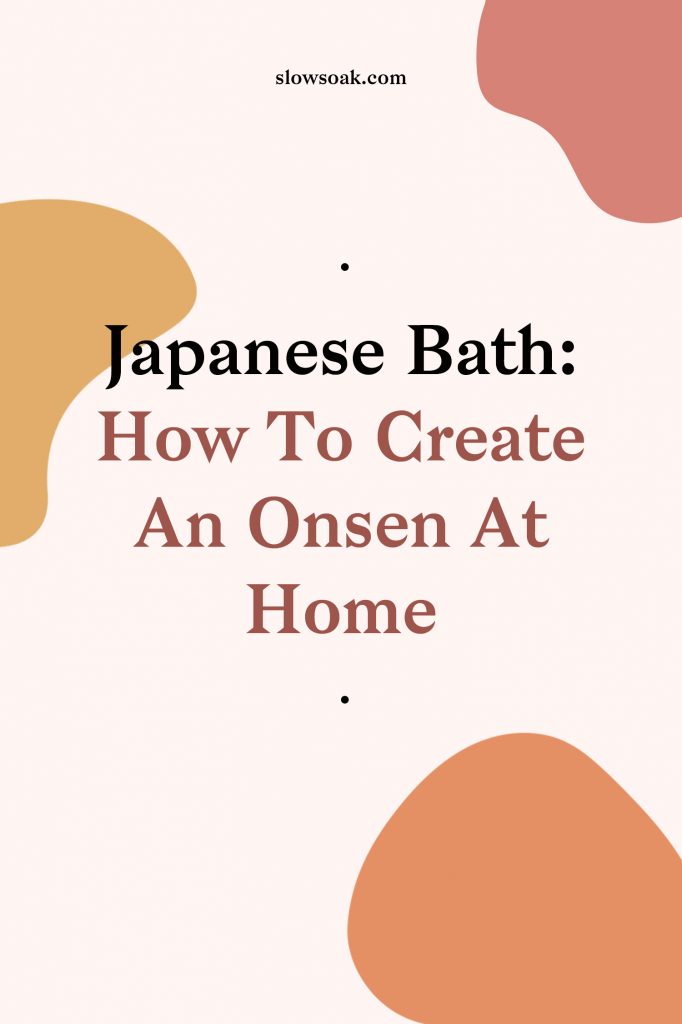
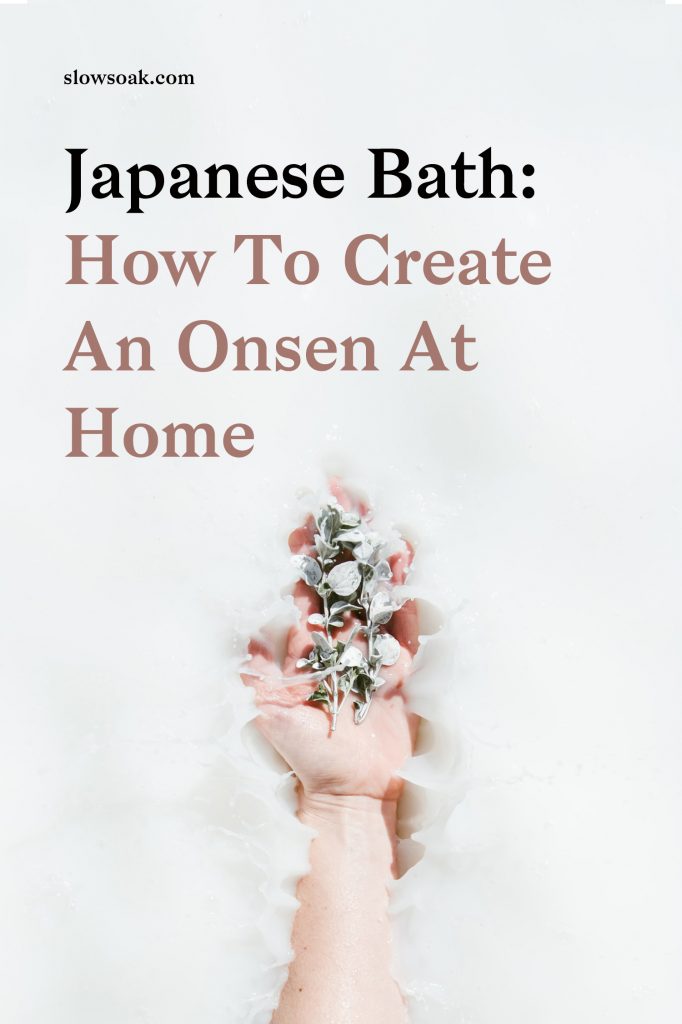
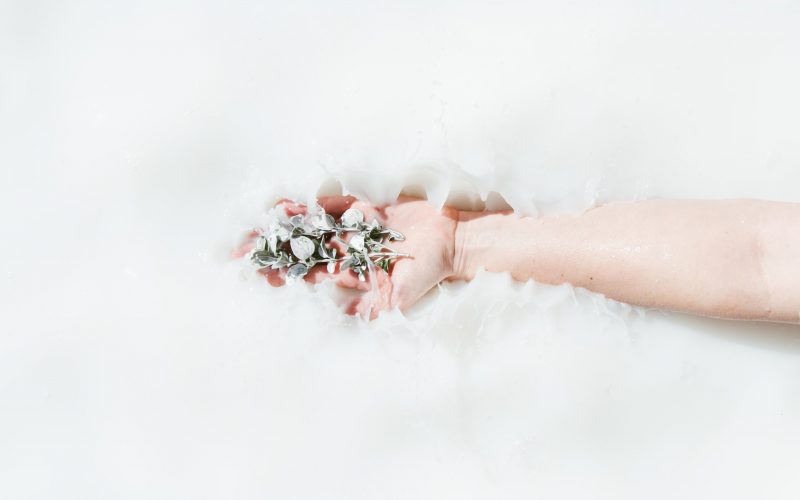





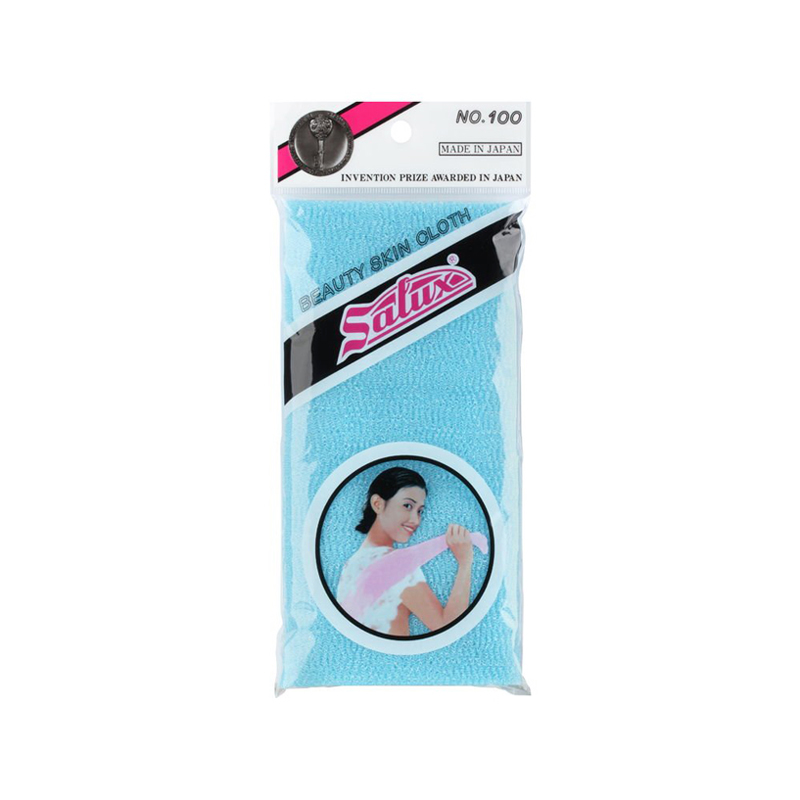


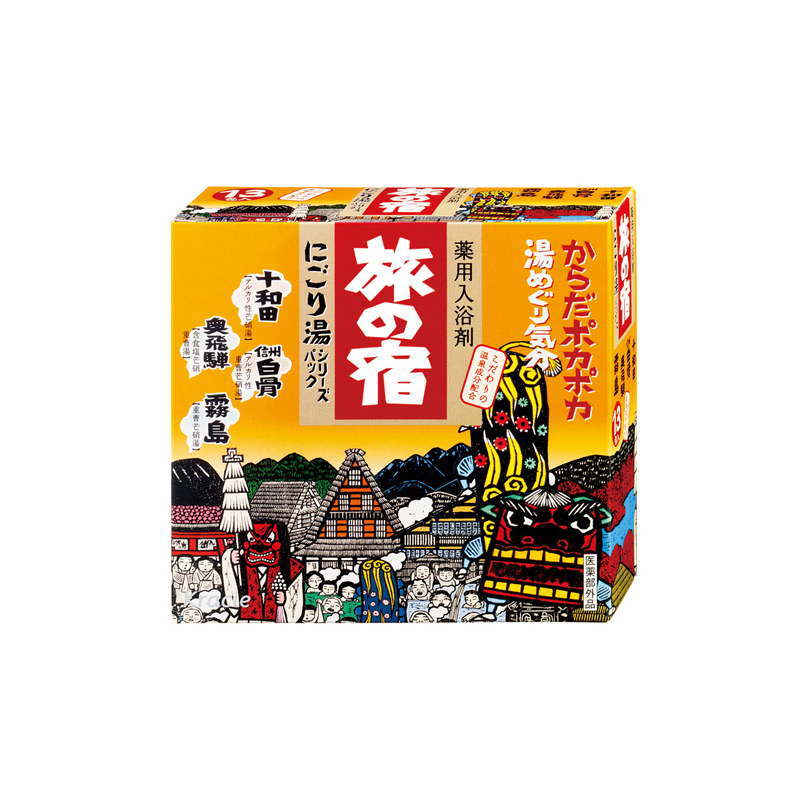







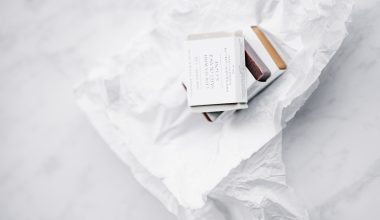
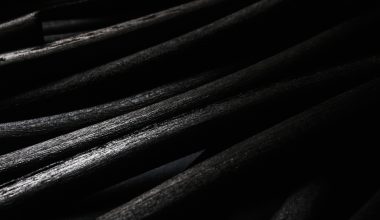





2 comments
I love your blog. I adore onsens and it’s the one thing I miss most. Thanks for writing about it. I would love to introduce more people to this wonderful tradition !
Thanks so much for your kind words Cece! I feel exactly the same about onsens, I miss them dearly and really hope the site can help share this tradition with others!